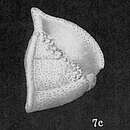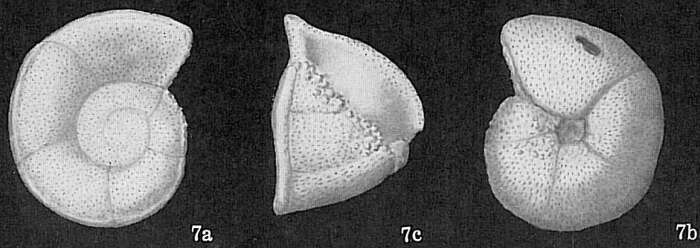en
names in breadcrumbs



Globorotalia truncatulinoides is a species of foraminifers in the family Globorotaliidae. This species is extinct. Dead Globorotalia truncatulinoides form calcareous oozes. They are omnivores. They are sessile organisms.
EOL has data for 26 attributes, including: